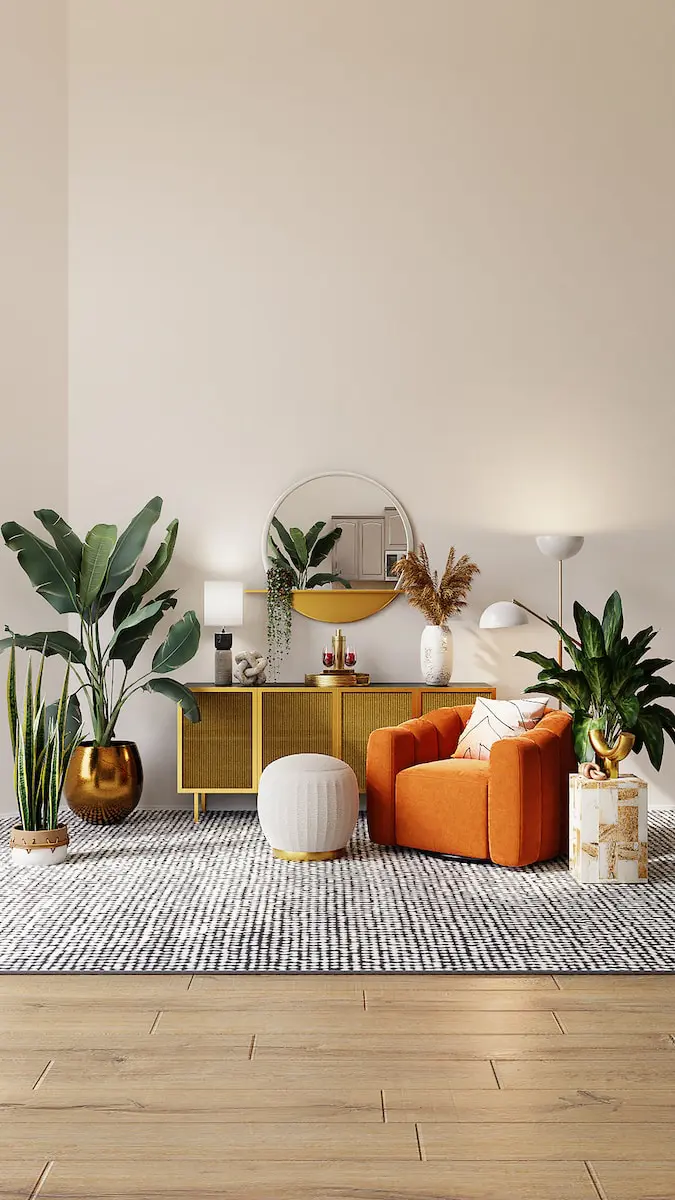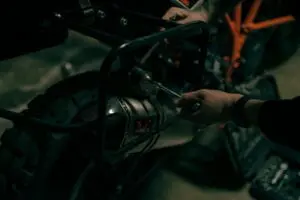Achieving seamless walls is a goal for every homeowner or builder.
Proper GIB fixing techniques play a vital role in creating flawless and aesthetically pleasing surfaces.
In this article, we will explore the step-by-step process of mastering GIB jointing techniques to ensure seamless walls in Auckland.
By following these guidelines, you can achieve professional results and transform your living spaces.
Understanding GIB Jointing
GIB jointing by GIB Fixers involves the process of filling and finishing the joints between GIB boards to create a smooth and continuous surface.
It is a crucial step in creating seamless walls that appear as if they were constructed from a single piece.
Seamless walls enhance the visual appeal of any space, providing a clean and polished look.
Preparing the Surface for Jointing
Before beginning the jointing process, it is essential to prepare the surface properly.
Clean the GIB boards by removing any dust or debris.
Repair any cracks, holes, or damages to ensure a smooth foundation for the jointing compound.
Choosing the Right Jointing Compound
Selecting the appropriate jointing compound is crucial for achieving seamless results.
Consider factors such as the type of jointing compound, its setting time, and compatibility with the GIB boards.
Different compounds have specific properties, and choosing the right one ensures a successful jointing process.
Applying the Jointing Compound
To begin, mix the jointing compound to the recommended consistency.
Use a trowel or a jointing knife to apply the compound evenly to the joints between the GIB boards.
Ensure that the compound fills the gaps completely and smoothly.
Mastering the Jointing Techniques
Start by applying the first coat of jointing compound to the joints.
Use a jointing knife to embed jointing tape over the compound for added strength.
Apply subsequent coats, feathering the edges to create a seamless transition.
Take your time and follow the recommended drying time between coats for optimal results.
Sanding and Finishing
After the jointing compound has dried, it’s time to sand the surface.
Use sandpaper or a sanding block to smooth out any imperfections and create a seamless finish.
Remove any dust from the surface before proceeding to the final step.
Priming and Painting the Jointed Walls
To ensure a flawless and durable finish, prime the jointed walls before painting.
Priming helps seal the surface and provides a suitable base for the paint.
Once the primer is dry, apply your desired paint color, using smooth and even brush strokes.
Step back and admire your seamless walls.
Common Mistakes to Avoid
To achieve the best results, it’s important to avoid common mistakes.
One common error is overworking the jointing compound, which can lead to an uneven surface.
Additionally, not allowing adequate drying time between coats can compromise the final finish.
Be patient and follow the recommended guidelines to avoid these pitfalls.
Maintaining Seamless Walls
To keep your seamless walls looking their best, incorporate regular maintenance practices.
Inspect the walls periodically for any minor imperfections or damage.
Touch up these areas using the jointing compound and paint, ensuring a continuous and flawless appearance.
Conclusion
Mastering proper GIB jointing techniques from GIB Fixers in Auckland is the key to achieving seamless walls in Auckland.
By following the step-by-step process of GIB Fixing in Auckland outlined in this article, you can transform your living spaces into visually stunning areas.
Remember to prepare the surface, choose the right jointing compound, and apply the compound and subsequent coats with care.
Sand, prime, and paint the jointed walls for a flawless finish.
Avoid common mistakes and maintain your seamless walls to enjoy their beauty for years to come.




